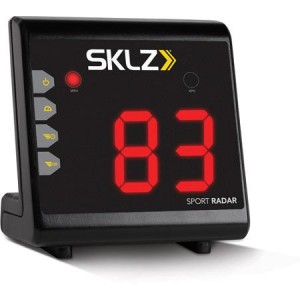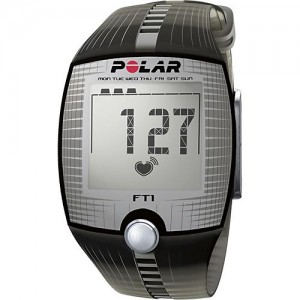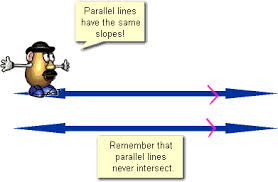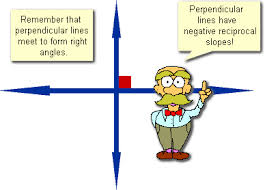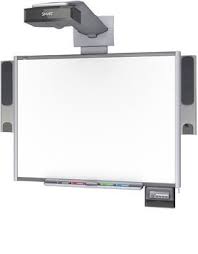Use a 3-Acts task to engage your students in building functions.
Common Core State Standards:
3.MD.7: Measurement & Data, Geometric measurement: understand concepts of area and relate area to multiplication and to addition.
F-BF.1: Functions, Building Functions: Build a function that models a relationship between two quantities.
Learning Target: I will be able to build a function to solve for the volume of a square pyramid.
The Pyramid of Pennies problem can be found on the Dan Meyer’s 3-Act Math task website. This problem asks the students to determine how many pennies it takes to build the pyramid. It includes a 26 second video on the process of building the pyramid.
Pyramid of Pennies: http://mrmeyer.com/threeacts/pyramidofpennies/
Act 1:
The students will watch the video first to get a better idea of how many layers there are in the pyramid. The students are then prompted with the following questions:
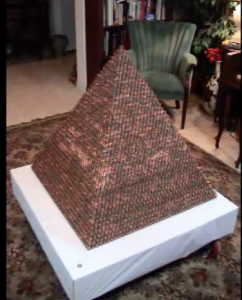 1. How many pennies are there?
1. How many pennies are there?
2. Guess as close as you can.
3. Give an answer you know is too high.
4. Give an answer you know is too low.
Before proceeding to act 2, I will ask my students what information is needed to find the amount of pennies used in the pyramid.
Act 2:
After the students had made an educated guess about how many pennies the pyramid is made of they will move on to learn some more information about the structure.
5. What information will you need to know to solve the problem?
They are shown 3 images about the base layer of the pyramid. In the first image, the base of the pyramid dimensions is 40 by 40 pennies. In the second picture, a single stack of pennies has 13 pennies in it. In the third image, the picture shows the dimensions of a single penny. There is also a link that takes the students to a Wikipedia page that tells them how to find the area of a square pyramid.
Act 3:
The students learn the answer to the Pyramid of Pennies problem as well as get to see the newspaper clipping to the construction of the pyramid.
The students will obtain the learning target by seeing the construction of the pyramid and using all of the given information. The students will first need to set up an equation to find out how many pennies make up the base of the pyramid and how the next levels of the pyramid change as the structure grows. The students can create their own formula to determine the amount of pennies by using variables and the given information. In Act 2 the students will be able to adjust their original guess to an answer that comes from a generated formula. The students will be assess with the follow up questions at the end of the Pyramid of Pennies activity. The questions are harder
6. I have $1,000,000.00 in pennies, how big of a pyramid can I make?
7. Each stack has 13 pennies which is a strange number to choose. Why do you think Marcelo Bezos chose it? [Hint: not out of an abundance of superstition.]
8. Bezos says he can tell you the number of pennies in a pyramid with this equation:
where s is the number of pennies in a stack and b is the number of pennies on one side of the square base of the pyramid. Does this work? If so, prove it.
9. The Wheat and the Chessboard problem.
10. Give groups of students a dollar in pennies. See how fast they can assemble seven stacks of thirteen pennies. Then ask them to use that as a sample to determine how long it would take them to build the entire pyramid.
11. If Bezos now wanted to add more levels to the pyramid, what’s the best way for him to do that?
12. How heavy is the pyramid?
This activity is great for students because it is a really simple idea. One way that the students can be engaged is to have them measure the dimensions of the penny on their own and record their findings. The students will work in groups to complete this activity in the computer lab where they will be able to use technology view the video and images.
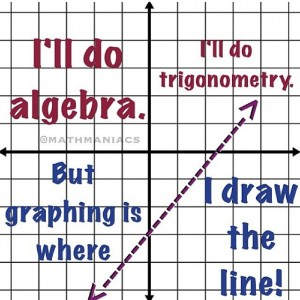
 1. How many pennies are there?
1. How many pennies are there?